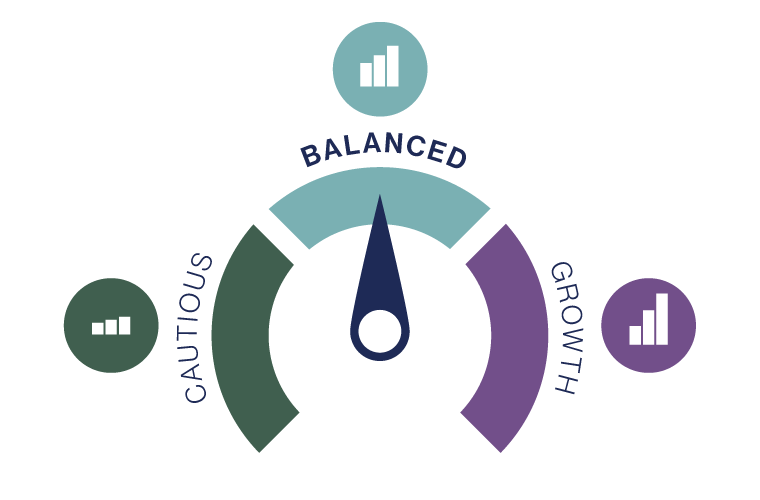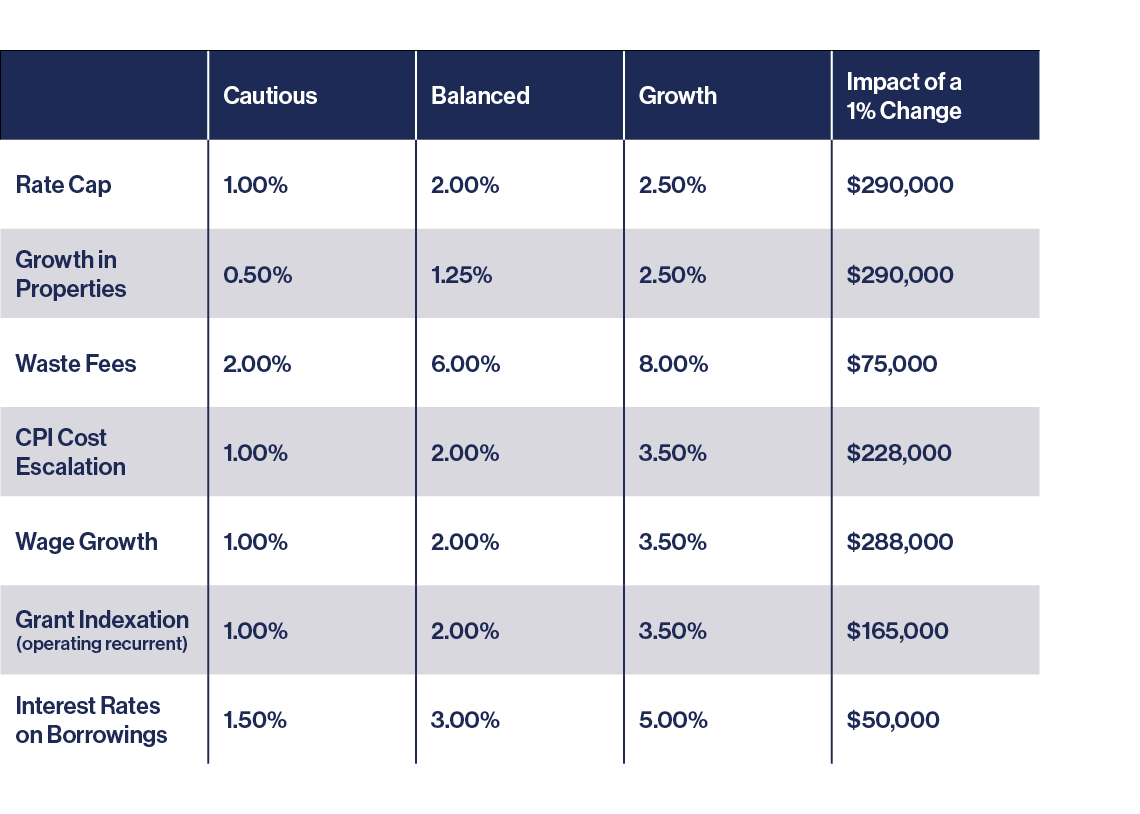Forecasting assumptions
The Financial Plan is based on key assumptions about what might happen in the future. It is also sensitive to changes in these key assumptions.
We think about these assumptions in three ways:

We seek to have a balanced approach to financial opportunities and risks. We provide services to a diverse community and we need to balance tendencies of cautiousness with ambitious growth for our community.
We have an obligation to future generations, and we want to ensure we can respond to future events, opportunities and pressures.
To assess our assumptions, we use a range of information: historical trends, State or Federal Government sources, consensus data and projected cost estimates. Our confidence in the accuracy of our assumptions is greatest in the near-future and decreases as we approach 10 years.
We use our Risk Management Framework to formulate and assess our key forecasting assumptions and identify the likelihood and consequence of changes. For example, this could be changes brought by the Covid-19 pandemic.
In this section you can see what our key assumptions are and the sensitivity we have to movements in them. Our sensitivity to these assumptions helps us allocate into the buckets of Cautious, Balanced and Growth.
Our key assumptions are:
- Rate cap
- Growth in properties (new capital improvements)
- Waste fees increase
- CPI cost escalation
- Wage growth
- Grant indexation
- Interest rates on borrowings
- Impact of natural disasters
Sensitivity to changes in assumptions

In addition to these key financial assumptions, our Financial Plan assumes the frequency and severity of natural disasters will continue. Our average cost of responding to disasters and restoring assets over the last 10 years has been $250,000 (after funding from Commonwealth and State Governments). Our Financial Plan assumes this scale of financial impact will continue in the future.
Why do we need to keep some flexibility for the future?
We need to plan for unknown costs from unexpected future events, such as another pandemic, increasing frequencies of floods and fires, or any other event. This is important because our Financial Plan (and Annual Budget) represents a combination of operating and capital initiatives, some of which leads to increased costs. None of us have a crystal ball so allowing for headroom gives us some flexibility if our forecasting assumptions aren’t always right.